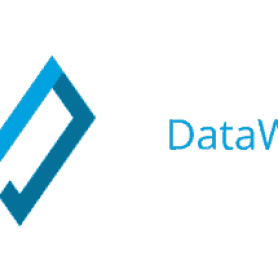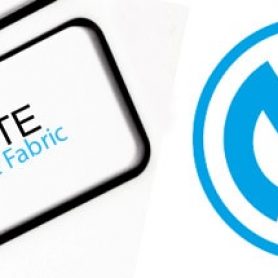Latest posts
Increasing your DataWeave productivity from your browser!
DataWeave is the MuleSoft expression language purpose-built for data integration (accessing and transforming data) that travels through a Mule app. DataWeave is tightly integrated... read more.
How to implement AS2 connectivity with your B2B trading partner network
In our previous blogs, we covered a high-level overview of various Anypoint B2B integration solutions to seamlessly connect with your trading partner ecosystem for... read more.
How to manage Runtime Fabric in a hybrid deployment model
Demir Akarsu is a Software Engineering Specialist at BP who helped BP adopt and continue to successfully manage Runtime Fabric. He is a MuleSoft... read more.
A step-by-step guide to performance testing in Mule Runtime 4.3
Jose Ramón Huerga is an experienced MuleSoft Architect at Everis. He is a multi-MuleSoft Certified Developer and Architect who frequently speaks at MuleSoft Meetups... read more.
Meet the top MuleSoft Community contributors of Q3
We had another packed quarter in the MuleSoft Community! With multiple special Developer Meetups during MuleSoft CONNECT:Now, a record-breaking numbers of Community-led MuleSoft Meetups,... read more.
DataWeave: Working with literal types
Literal types will let you define a type as an enumeration of possible values. This is useful in the use cases when a variable... read more.
DataWeave: Taking advantage of the type system
The type system can help you save time preventing errors, find quickly the function you need, instead of looking for it in the documentation,... read more.
Nine’s journey migrating from Mule 3 to Mule 4
Nine is Australia's largest locally owned media company — covering television, digital publishing, and content production. Recently, Nine migrated from Mule 3 to Mule... read more.
How to create Mule dashboards in New Relic Insights
In the digitalization era, “data is the new bacon.” What does this mean? Data can be served in different ways just like bacon and can... read more.
Migrating on-premises standalone runtime apps to Runtime Fabric
Standalone Mule runtime engine allows customers to deploy applications in their server, located in the cloud or data center. All application data remains within... read more.























